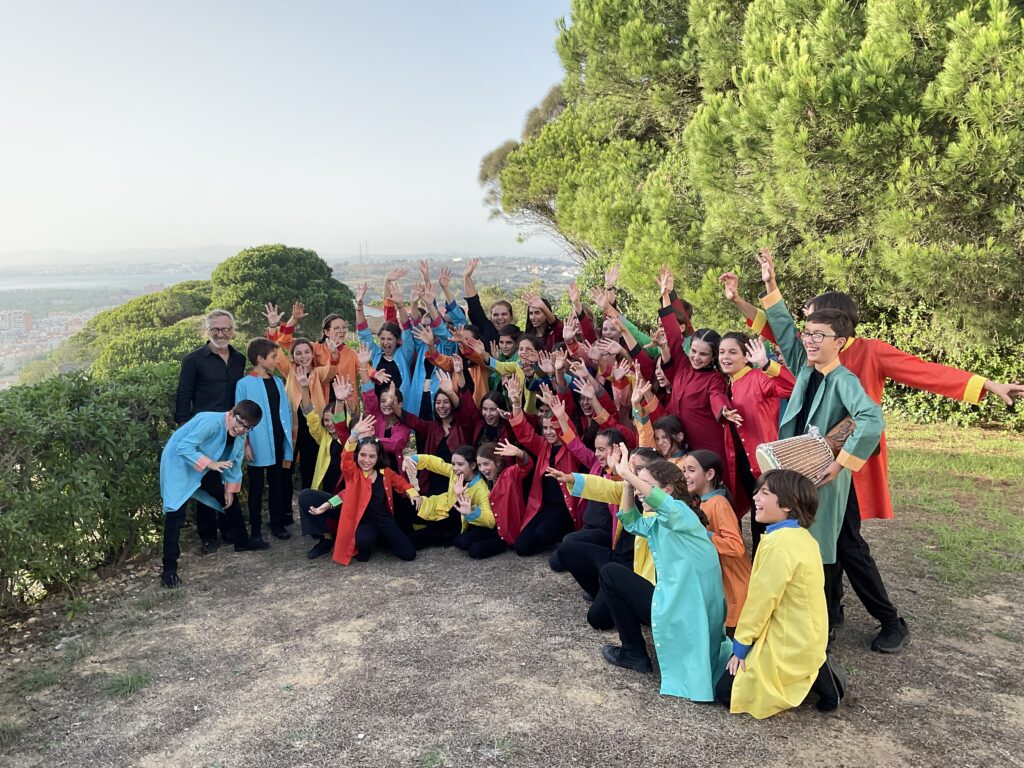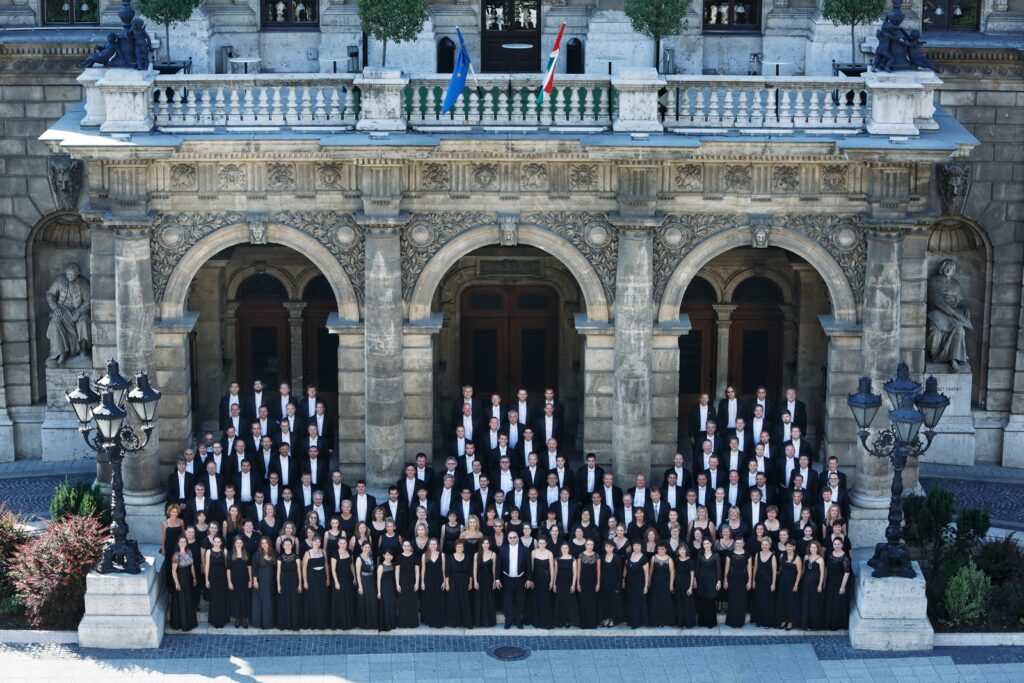Jazz, original songs, fado and western classics
8 DECEMBER / friday / 9.30pm – TORRES VEDRAS CINE-THEATRE
9 DECEMBER / saturday / 9.30 p.m. – ALCOBAÇA CINE-THEATRE
Maria Mendes, voice
Nuno Côrte-Real, musical direction and synthesiser
ENSEMBLE DARCOS
In Wim Wenders’ acclaimed film Wings of Desire, an angel gives up his immortality in the face of a passion that consumes him. In this conflict between the divine and the ephemeral, eternity and life, the action takes place in the city of Berlin, still divided by a wall, immersed in an elegiac atmosphere. Paraphrasing this film, the concert Nas Asas do Indefinido presents a benevolent conflict between jazz, fado, original songs and classics of Western culture, an engaging musical fable in which the multiplicity of paths leads the listener not to the arrival but to the departure, in a purifying of the essence of what music is. Long based in Rotterdam, Maria Mendes is one of the most acclaimed voices in European jazz, standing out for making the Portuguese language her main vehicle for musical expression. The only Portuguese female artist to receive an American Grammy nomination, in 2020 she won the prestigious EDISON Jazz Awards, as well as a Latin Grammy nomination. Her recent foray into fado demonstrates kaleidoscopic qualities, seconded by Côrte-Real and the Ensemble Dar- cos, in an expected complicity between two musicians who have marked their musical career by an inquisitive and uncomplicated outlook, explosive in the way they cross styles and sound universes. On the Wings of the Undefined has as its unifying motif the theme of the 1st movement of Beetho- ven’s trio op.97 (1770-1827), an idée fixe that, contrary to the canonical definition, creates ethereal bridges through which we are all invited to circulate. If Wenders’ work is characterised by a static black and white, almost bordering on dystopia, it is the chromatic hues of each of the pieces featured in this concert that overlap, like a fairytale and utopian composition. As Fernando Pessoa wrote: “The dream is to see invisible forms / of imprecise distance, and, with sensitive / movements of hope and will (…)”.


